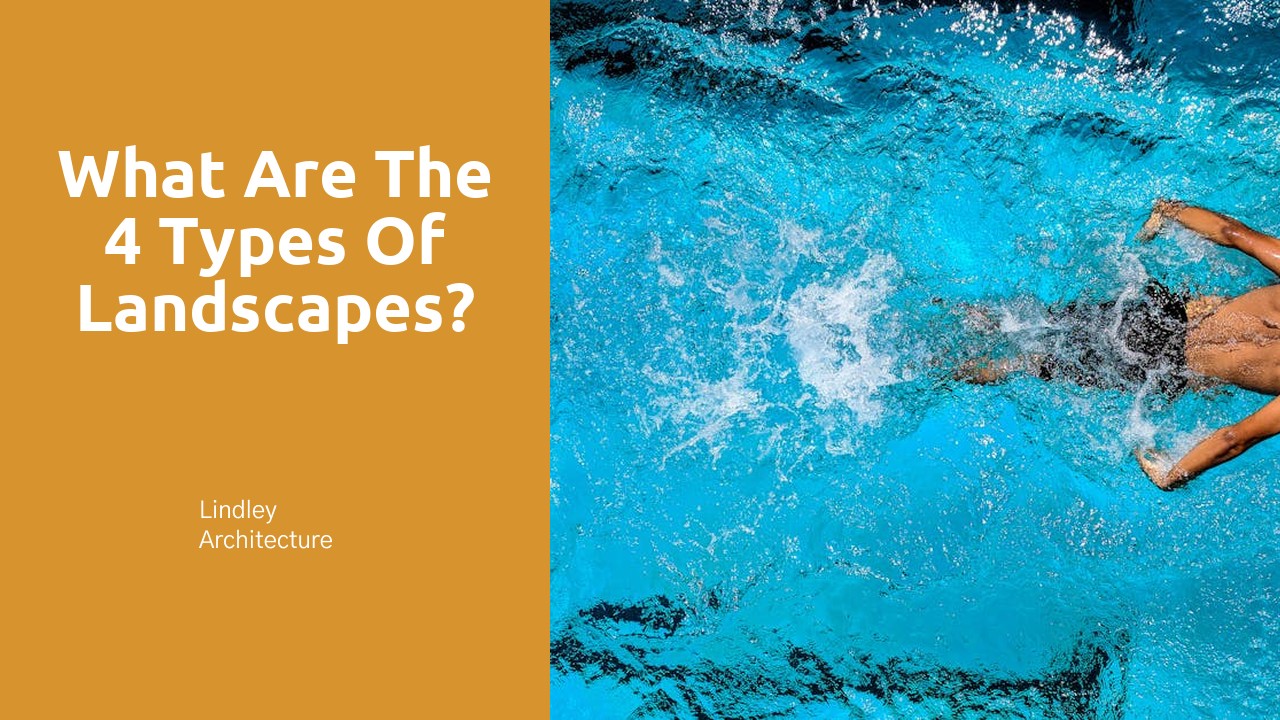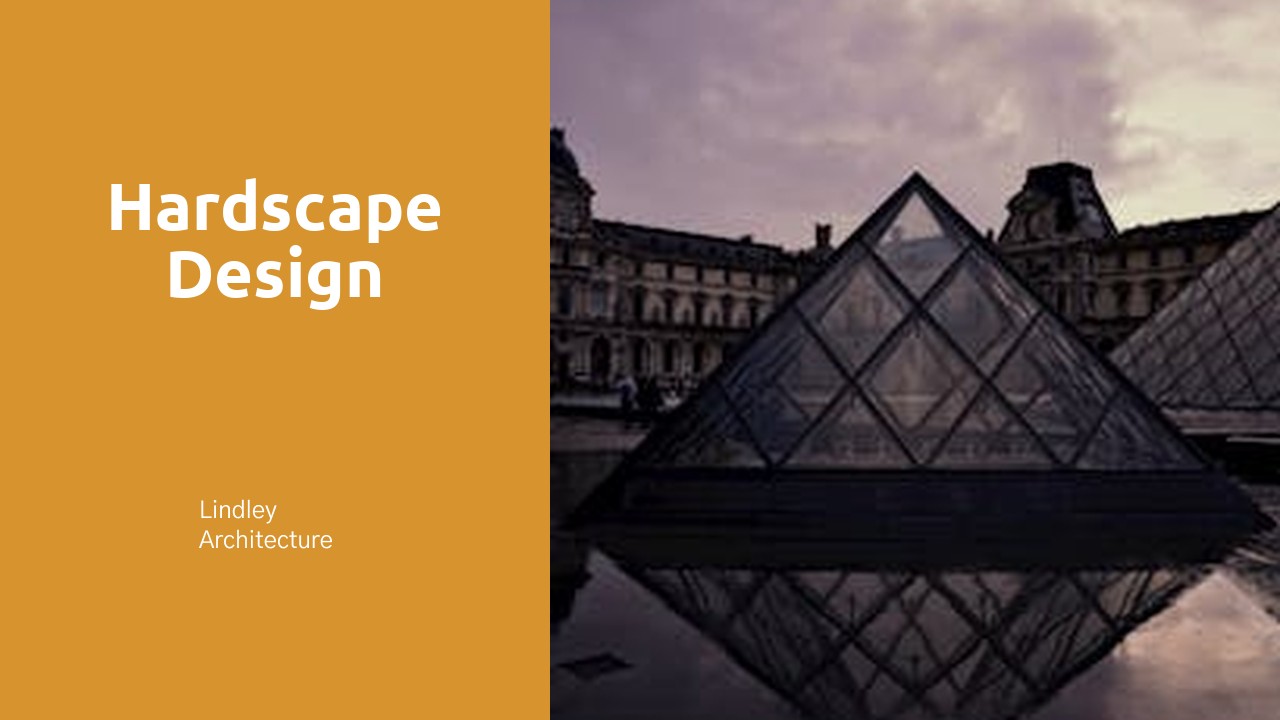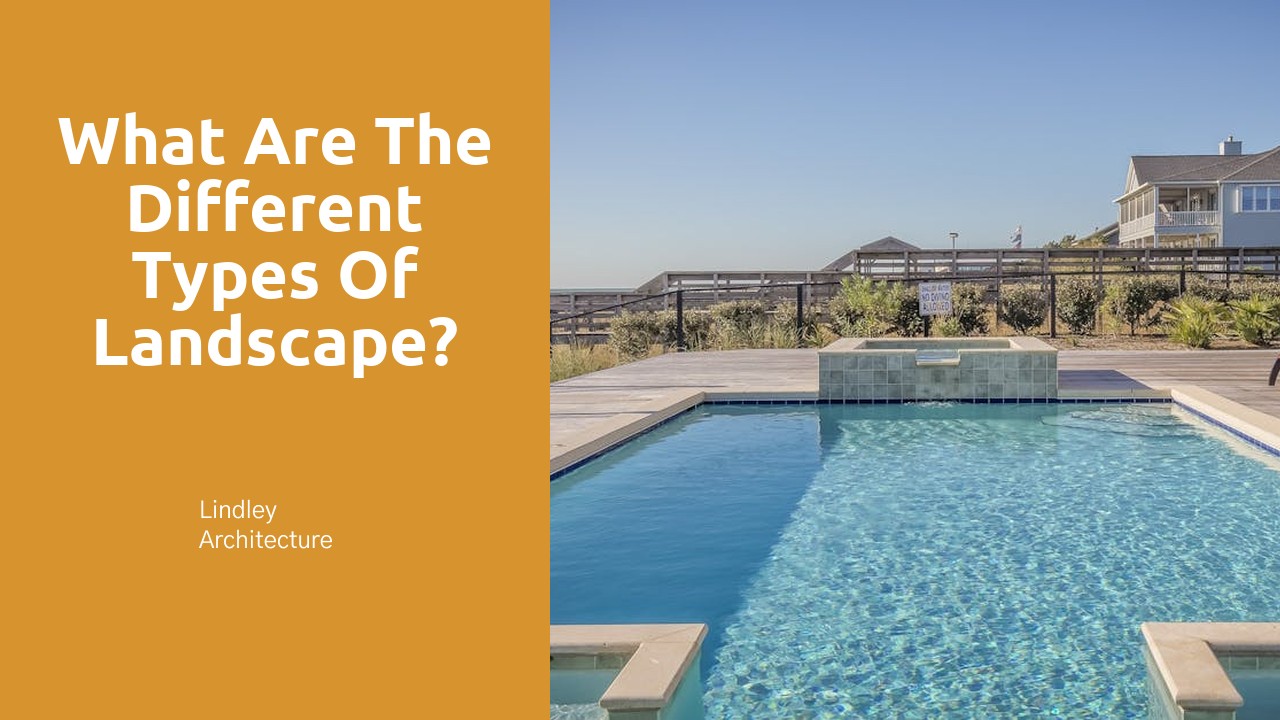
Table Of Contents
Unveiling Desert Landscapes
Desert landscapes are characterized by their vast expanses of arid land, minimal vegetation, and unique geological features. One of the most iconic elements of desert landscapes is the presence of sand dunes, which are created through the constant movement of wind-blown sand. These dunes can vary in size, shape, and formation, providing a visually striking aspect to the desolate desert terrain. In regions where sand dunes are abundant, they play a crucial role in shaping the overall aesthetic and ecological makeup of the desert environment.
Studying desert landscapes offers insights into the resilience of life in harsh environments and the intricate balance of ecosystems within these arid regions. The tundra, characterized by its cold climate, low vegetation, and permanently frozen subsoil, presents unique challenges and opportunities for researchers and environmentalists. Understanding the dynamics of desert landscapes is essential for effective conservation efforts and sustainable hardscape design in Kleinburg.
Sand Dunes
Sand dunes, characterized by their sandy ridges and undulating shapes, are fascinating landscapes found in various regions around the world. These natural formations are typically shaped by wind and water erosion over time, creating vast stretches of sandy terrain that can shift and change continuously. Sand dunes often play a crucial role in shaping the local ecosystem, providing unique habitats for specialized plants and animals adapted to the harsh conditions.
Hardscape Design in Kleinburg can draw inspiration from the intricate patterns and textures of sand dunes, incorporating elements that mimic the natural flow and structure of these landscapes. By incorporating sandy hues, flowing lines, and dynamic shapes into the design, a hardscape in Kleinburg can evoke the essence of sand dunes in a creative and visually appealing way. Embracing the organic beauty of sand dunes can bring a sense of tranquility and harmony to outdoor spaces, creating a peaceful oasis that reflects the serene charm of these natural wonders.
Studying Arctic Landscapes
Arctic landscapes present a stark contrast to the lush greenery of warmer climates. The Arctic region is characterized by its harsh, icy terrain that is home to unique flora and fauna adapted to survive in the extreme cold. Tundra landscapes, with their vast expanses of frozen ground and sparse vegetation, are emblematic of the Arctic environment. These landscapes are a testament to the resilience of nature in the face of challenging conditions, showcasing the beauty and ruggedness of the northern wilderness.
Exploring Arctic landscapes offers a glimpse into a world unlike any other. From the snow-capped peaks to the frozen expanses of ice, the Arctic presents a landscape that is both awe-inspiring and humbling. Climate change is impacting these fragile ecosystems, highlighting the importance of conservation efforts to preserve the Arctic wilderness for future generations. Environmental initiatives such as Hardscape Design in Kleinburg serve as a reminder of the need to protect and sustain these unique landscapes in the face of escalating environmental threats.
Tundra
The Tundra landscape is a unique and striking biome characterized by its vast stretches of frozen land, low temperatures, and minimal vegetation, with scattered shrubs, grasses, mosses, lichens, and small wildflowers dotting the landscape. The Tundra regions of the world, found in the Arctic and subarctic circles, experience long and harsh winters with short summers, leading to a delicate and fragile ecosystem that is adapted to survive in extreme conditions. The lack of trees in the Tundra is due to its permanently frozen subsoil, known as permafrost, which restricts tree growth and results in a landscape dominated by hardy plants. Hardscape Design in Kleinburg, a renowned landscape design company, draws inspiration from the Tundra's resilience and stark beauty to create minimalist and functional outdoor spaces that reflect the Tundra's serene and minimalist aesthetic.
Surveying Coastal Landscapes
Surveying coastal landscapes exposes a diverse range of natural beauty. Along the shores, one can witness the majestic cliffs that stand tall against the relentless crashing waves. These geological formations not only provide breathtaking views but also serve as habitats for seabirds and other coastal wildlife. In addition to the cliffs, the intricate ecosystems found along the coastal regions play a vital role in maintaining ecological balance and preserving biodiversity.
Moreover, the juxtaposition of rugged coastlines against the vast expanse of the ocean creates a sense of harmony and tranquility. The interplay between land and sea is a testament to the power of nature and the ever-changing dynamics of coastal environments. Coastal landscapes not only offer aesthetic pleasure but also inspire creativity in various fields, such as art, photography, and even hardscape design in Kleinburg, where natural elements are incorporated into urban spaces to create harmonious environments.
Cliffs
Cliffs are vertical rock faces that offer both breathtaking views and unique ecosystems. In coastal regions, cliffs are formed by the constant erosion of the land by the sea, creating stunning formations that attract visitors from around the world. From towering heights to hidden caves below, cliffs serve as essential habitats for various species of plants and animals, adapting to the harsh conditions of these rugged landscapes. Hardscape Design in Kleinburg integrates elements inspired by these majestic natural formations, offering a harmonious blend of artistry and functionality in outdoor spaces.
The rugged beauty of cliffs provokes a sense of awe and admiration, showcasing the power of nature in shaping the Earth's surface over thousands of years. Coastal cliffs serve as natural barriers against the force of the ocean, safeguarding the land behind them from erosion and storms. In Hardscape Design in Kleinburg, the vertical lines and textured surfaces reminiscent of cliffs are utilized to create visually appealing and structurally sound features that enhance outdoor environments. Incorporating elements inspired by cliffs into design concepts adds a touch of grandeur and natural elegance to outdoor spaces, inviting individuals to appreciate the raw beauty of these geological wonders.
FAQS
What is a desert landscape?
A desert landscape is characterized by arid and dry conditions, sparse vegetation, and the presence of sand dunes.
What defines an arctic landscape?
An arctic landscape is predominantly icy and cold, with tundra vegetation and snow-covered terrain.
What are coastal landscapes known for?
Coastal landscapes are recognized for their proximity to the sea, featuring cliffs, beaches, and unique marine ecosystems.
How do sand dunes contribute to a desert landscape?
Sand dunes are iconic features of desert landscapes, formed by wind-blown sand and constantly shifting to create a dynamic environment.
What type of vegetation is typically found in tundra landscapes?
Tundra landscapes are characterized by low-growing plants such as mosses, lichens, and shrubs, adapted to survive in cold and harsh conditions.






